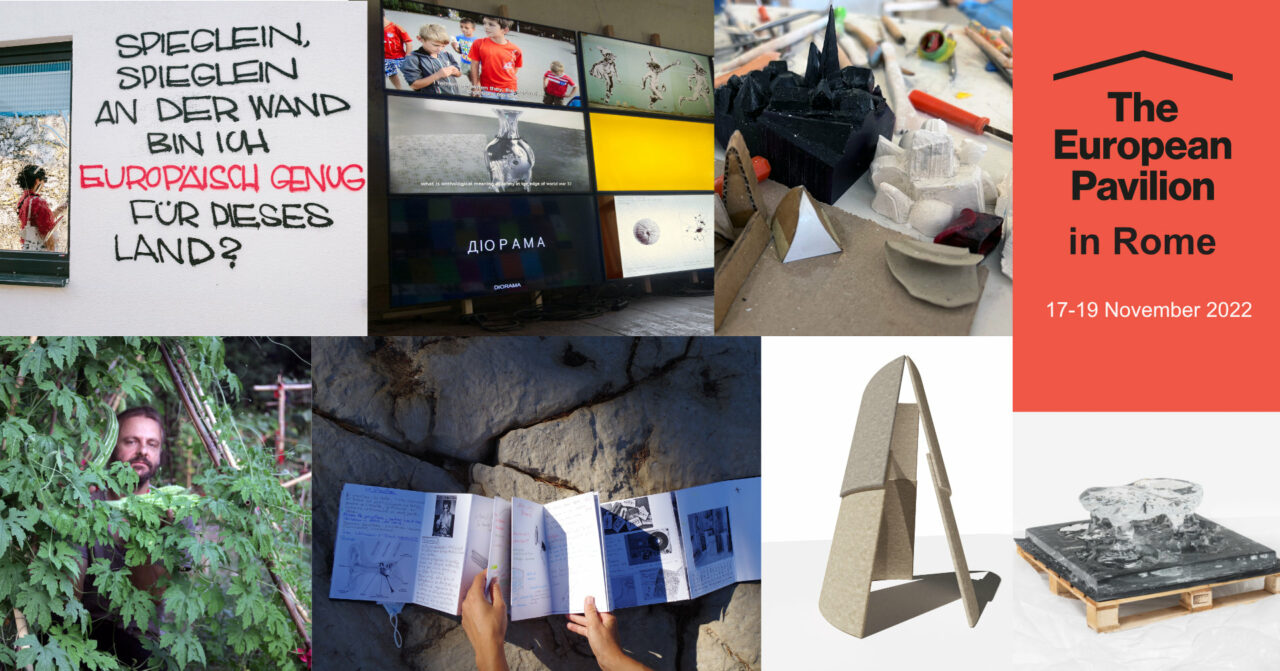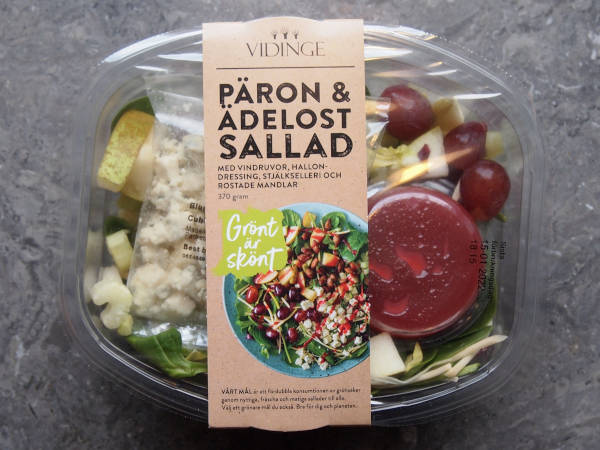Liquid Becomings is The European Pavilion for 2024. It’s not a traditional Pavilion or building, neither is it a space to be filled. It’s a time-based liquid pavilion, a flow of journeys, made up of small boats sailing along four of Europe’s greatest rivers.
Next week between the 7th and 11th of April, the Liquid Becomings curatorial team is gathering in Portugal. We’re looking forward to working together to plan the different journeys and the activities for each river. One important task when we meet is to select other artists who will join us on the different journeys later in 2024.
We called out for artists after the announcement of the commission on 14 February and received many wonderful proposals from Poland, Brazil, Slovenia, Switzerland, Peru, Italy, the Netherlands, Spain, the UK, Argentina, America, France, Serbia, Croatia, Germany, South Africa, Czechoslovakia, and Portugal. The resident artists who will be chosen will join us to explore the concept of togetherness, co-creating ways of being together by building connections with the communities we will meet on the journeys.
Co-devised by artist-led collective espaço agora now – a movement driven by creating spaces to meet and be together – in Liquid Becomings these spaces are the rivers, the nervous system of Europe.
To give a flavour of how the project will come together we’ve made three short films: Boats, Journeying Together and Rivers, in which our curatorial team tell you more about the rivers we’ll be sailing along – the tranquillity that comes with being by the water, the sounds of life on the river, the potential for making these spaces special, and how water will inspire our work with communities.
You’ll also find out what will happen, what to expect, how meals and stories will be exchanged, how conversations will be held – and you’ll also be able to explore some of our provocations: How do things change as the rivers pass through different countries (thirteen in total)? How can rivers be both borders and fluidly borderless? Rivers carry the memories, histories and myths of our continent: how can we find ways to listen to what the rivers are telling us?
During our travels over the course of Liquid Becomings, we want to meet you. When we’ve finished, we’ll have found new ways of being together and new ways to tell each others’ stories.
Liquid Becomings is an espaço agora now production in partnership with FLOW, MS-Fusion, Teatro Meia Volta and United Artist Labour and has been curated by Bojan Đorđev, Laura Kalauz, Maria Magdalena Kozłowska, Siniša Ilić, Alfredo Martins, Annette Mees, Rainer Prohaska, Naomi Russell, and Olga Uzikaeva.











